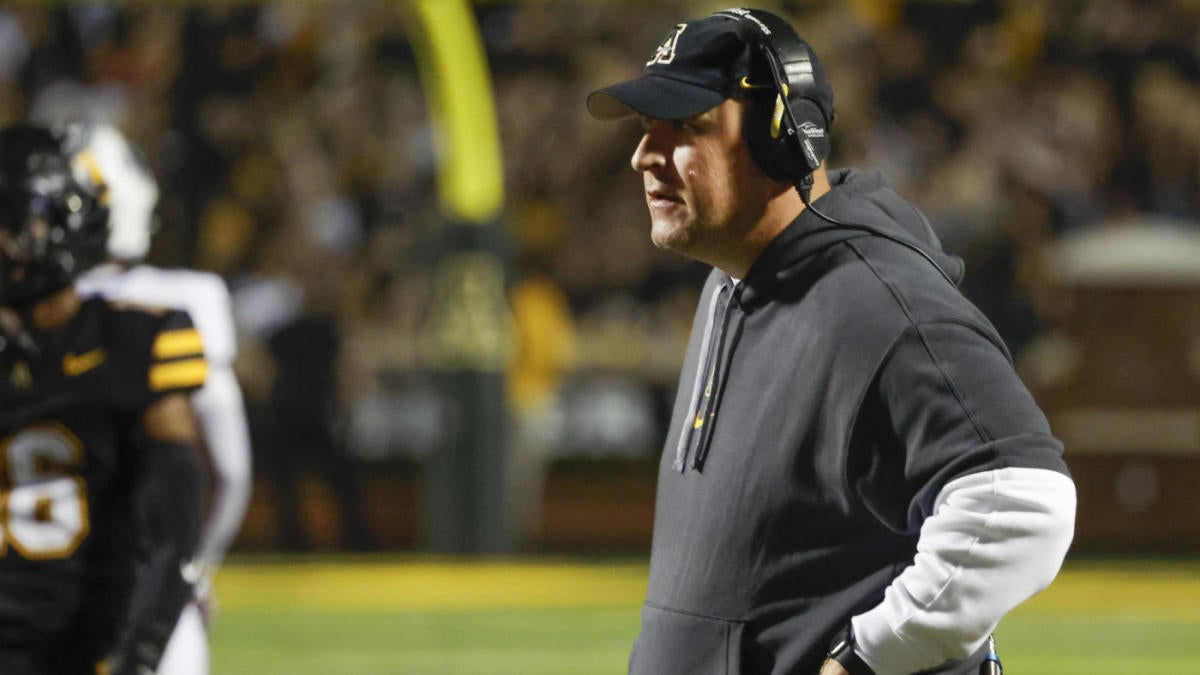Over the weekend, the headlines appeared in publications and on news websites across the country about lacrosse players at Tufts University in suburban Boston, who had been hospitalized with a “rare muscle injury.”
Out of season, the defending NCAA Division III national champions held an organized but voluntary workout on Sept. 14, just days after the fall semester had started at the school. Head coach Casey D’Annolfo was not present according to the Boston Globe. Who was there from the Tufts staff is unclear. However, multiple outlets are reporting the workout was led by a recent Tufts graduate who had completed Navy SEAL training.
In the aftermath, 12 players ended up in a local emergency room diagnosed with rhabdomyolysis and, as of Friday, five remained hospitalized.
People are also reading…
Translated from its Latin origins, rhabdomyolysis means the “destruction of muscle tissue.” Major traumatic injury and stroke are common causes. However, among athletes, the cause is too much strenuous exercise in one session. Way too much.
A better definition of the affliction comes from Medline which reports, “Rhabdomyolysis is the breakdown of muscle fibers resulting in the release of muscle fiber contents (myoglobin) into the bloodstream. Some of these are harmful to the kidney and frequently result in kidney damage.”
During any workout, we break down muscle fiber. Done regularly, this stimulates the body — over the course of weeks — to build more muscle. If one exercise session is entirely overdone, the amount of myoglobin released into the bloodstream ends up being greater than the kidneys are able to handle. Symptoms include severe pain in the overworked area and dark brown urine, often referred to as “cola urine.” A satisfactory outcome is dependent on rapid rehydration, which flushes the myoglobin from the kidneys. Worst-case scenarios, though, include permanent muscle and kidney damage, even death.
In 1973, during the Senate Watergate hearings which ultimately triggered President Richard Nixon’s resignation, late Tennessee Sen. Howard Baker famously asked, “What did the President know and when did he know it?”
The outside firm that Tufts has already hired to investigate this incident should be asking similar questions regarding D’Annolfo, the head strength and conditioning coach, and the head athletic trainer.
Who thought it was a good idea to subject Division III athletes to a Navy SEAL-type workout? There will be no good answer with the semester just getting underway, when a good portion of the 50 athletes in attendance were unlikely to be in prime condition.
While too intense a workout, too soon after a return to school triggers most cases in athletics, another common cause is a punishment workout, which is what happened the last time I wrote about the condition.
In January of last year, NCAA Division III Concordia University Chicago postponed four men’s basketball games after six players were hospitalized with rhabdomyolysis. The Cougars initially suspended head coach Steve Kollar during its investigation, which eventually determined a particularly intense New Year’s Eve practice caused the players to become ill but was not intended to harm them.
Upon completion of the investigation, Kollar was re-instated. However, when Kollar returned on Jan. 12, all four members of the athletic training staff at Concordia resigned. On Jan. 23, Concordia reversed course and dismissed Kollar but the athletic trainers never returned.
Just a week after the incident at Concordia, another took place at Rockwall-Heath High School in suburban Dallas. Somehow, according to multiple published reports, a football team workout session on Jan. 6, 2023, evolved into a punishment session that sent at least 20 players to the hospital. Head football coach John Harrell checked both boxes, an intense workout right after the resumption of school with a punishment component. Two months later, Harrell resigned.
Episodes of rhabdomyolysis are not only harmful to athletes’ health, they are expensive for schools and their athletic departments. In May of 2022, University of Oregon offensive lineman Doug Brenner reached a $500,000 settlement with the school regarding a January 2017 workout that left him hospitalized. (A teammate had earlier received $300,000.)
The settlement was reached during a trial which included Ducks former strength coach Irele Oderinde and former head football coach Willie Taggart, and the NCAA as defendants. In the midst of the trial, Oderinde was fired by the University of Southern Florida. As part of the settlement, the claims against the coaches were dismissed but the case against the NCAA proceeded and went to the jury. Oddly, they found the NCAA negligent but awarded no damages.
At Texas Woman’s University in 2016, head volleyball coach Shelly Barberee resigned days after eight of her players were hospitalized with rhabdo.
Perhaps, TWU, Concordia and Tufts could be somewhat absolved by the schools’ Division II or Division III status and relatively limited resources. No such excuse flies at a Division I school, especially one in the Big Ten, such as Ohio State. Nonetheless, the Buckeyes have had two such episodes, with hospitalizations of six women’s track athletes in September 2014 and six women’s lacrosse players in March 2013.
Also in 2013, a study in the Clinical Journal of Sports Medicine looked at a famous incident where 13 University of Iowa football players were hospitalized with rhabdomyolysis after an over-strenuous January 2011 workout. Not only did the study authors want to know why the 13 were harmed but why other players escaped injury. The researchers found that the athletes who consumed a protein shake in the 30 minutes following the workout were less likely to have become ill, with the risk decreasing by 30 percent for every shake consumed.
If you are seeing a pattern here, go to the head of the class. Contrary to the weekend headlines, rhabdomyolysis has been all too common in athletics. And it needs to stop. Administrators and older coaches must make this clear to their less experienced colleagues: early season workouts are not the time to “set a tone” and punishment workouts never have a place in sports.
Andrean and Hobart are the two most storied programs in the area and the rivalry never seems to fall short of that, not even in the postgame chatter.

Wheeler wide receiver Bryce Compton hauled in eight catches for 207 yards and touchdown — and one backflip — on Friday in Wheeler’s win over Boone Grove.

Crown Point senior tight end Jacob Solely caught 5 balls for 170 yards and a touchdown in the Bulldogs’ homecoming win over Portage on Friday.

With lots going on, take a look at what you may have missed from the fifth week of high school football in Indiana.

Follow along for live score updates from across Northwest Indiana during Week 5 of the high school football season.














